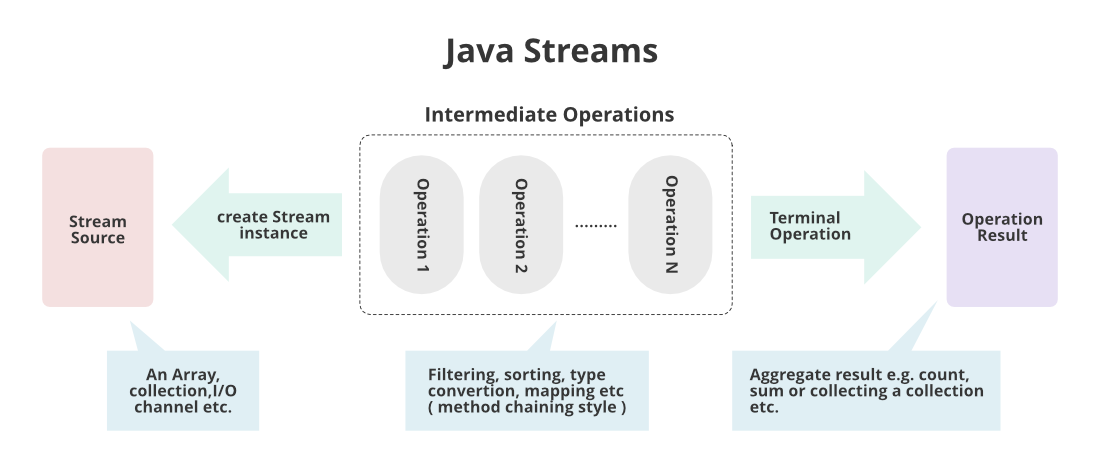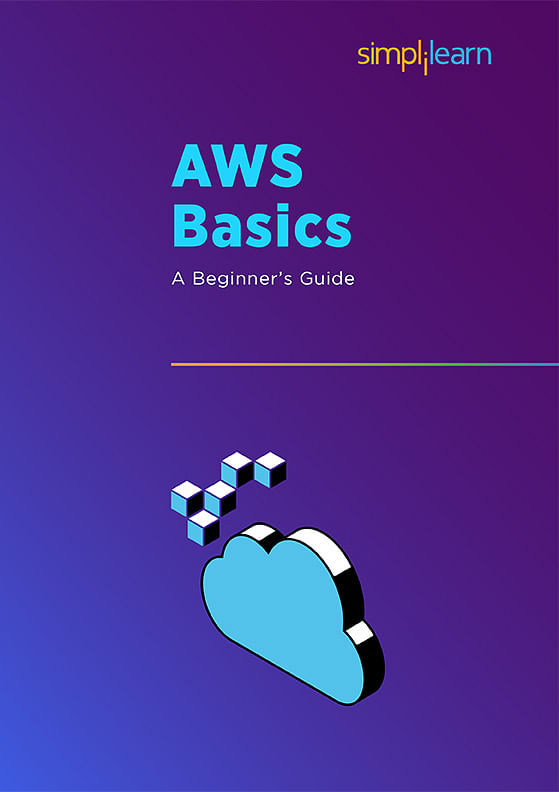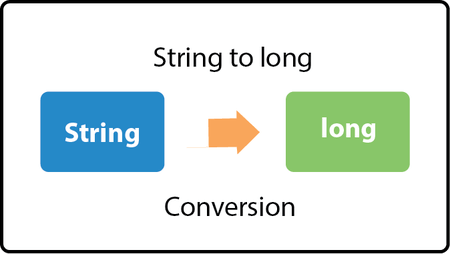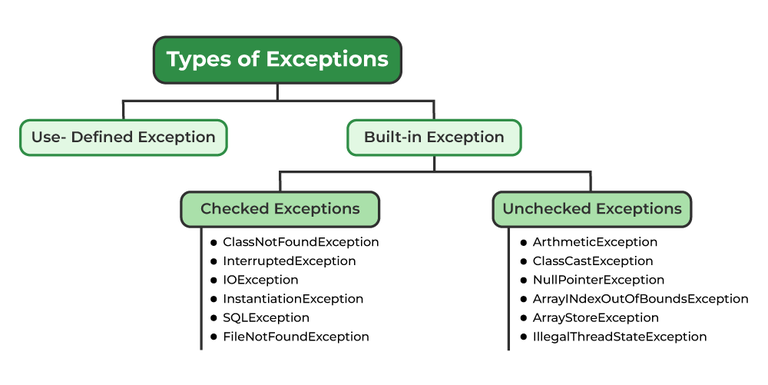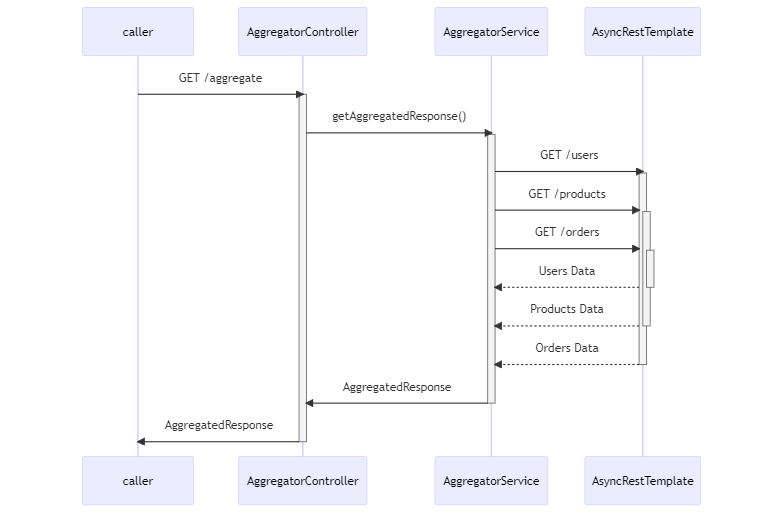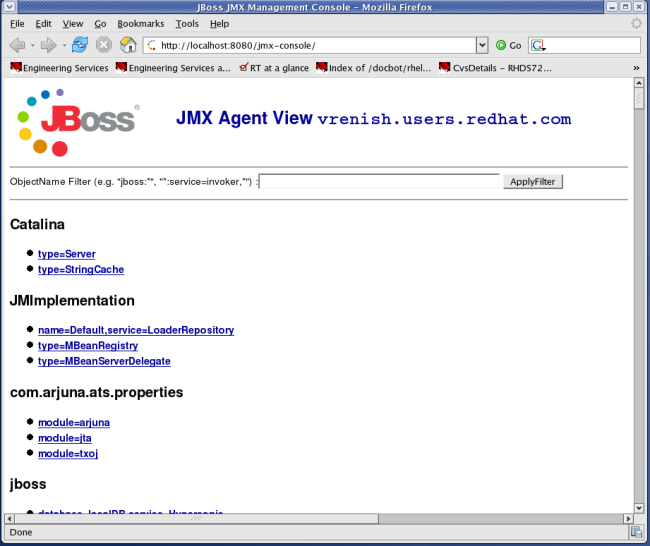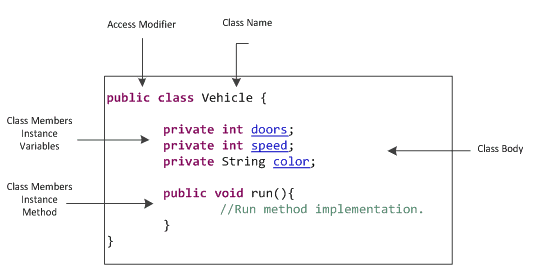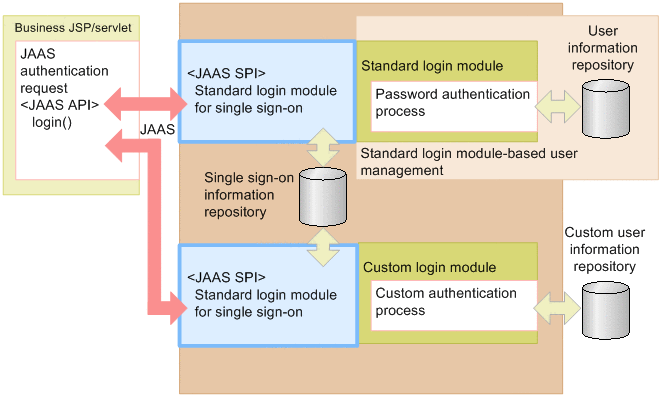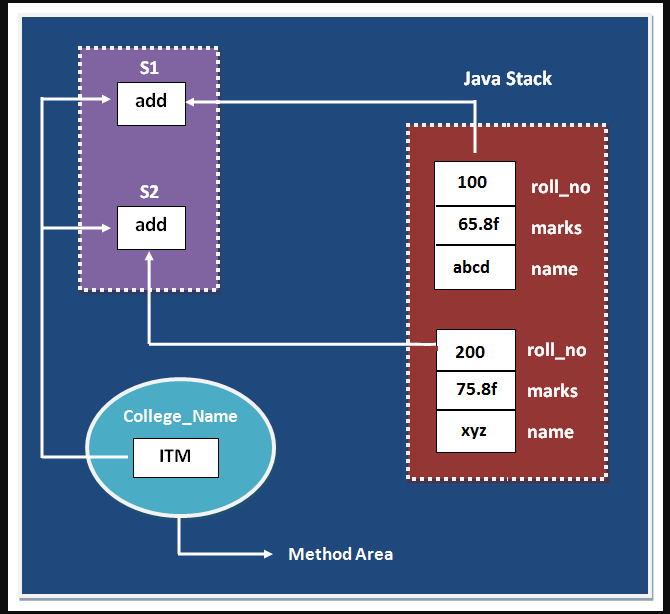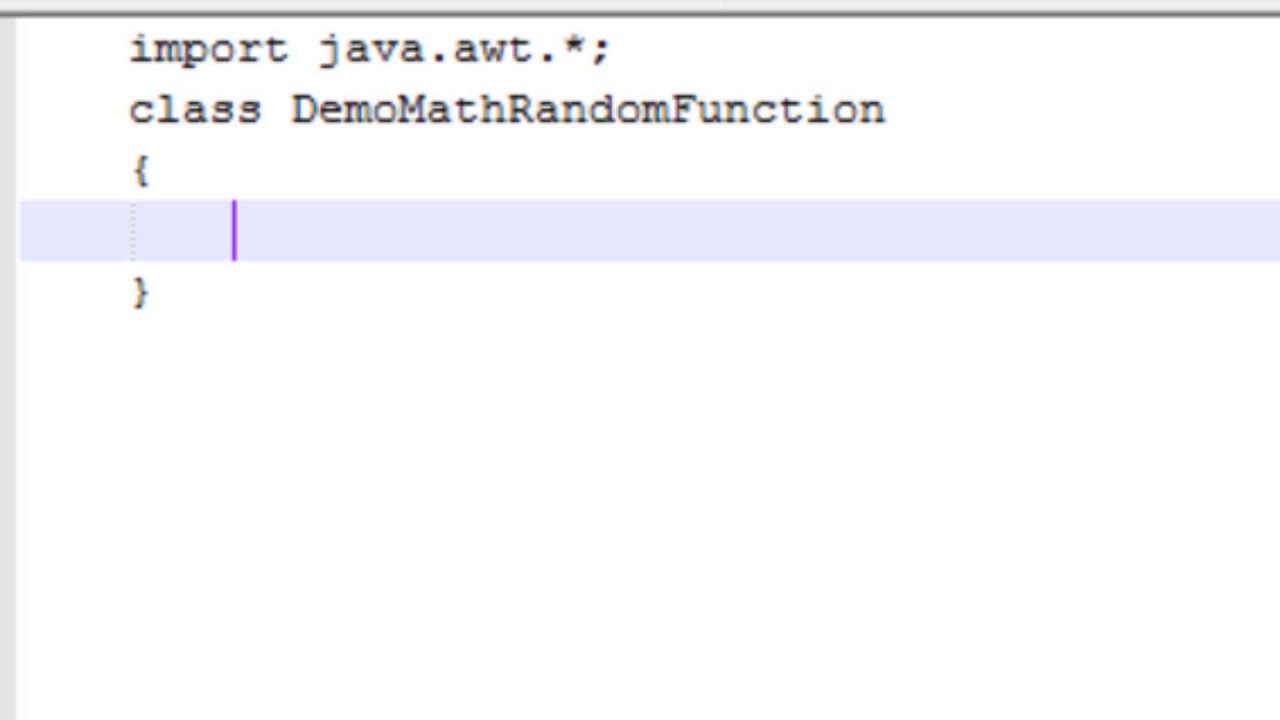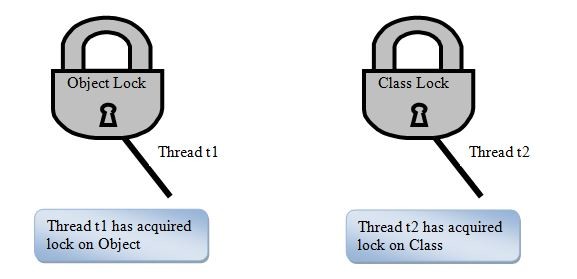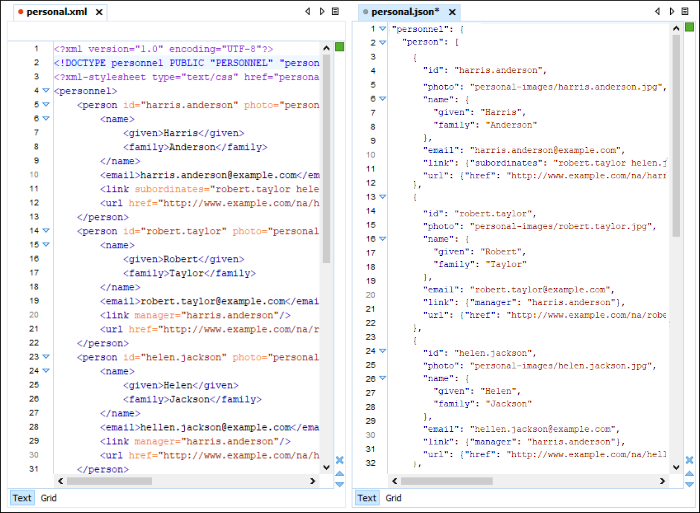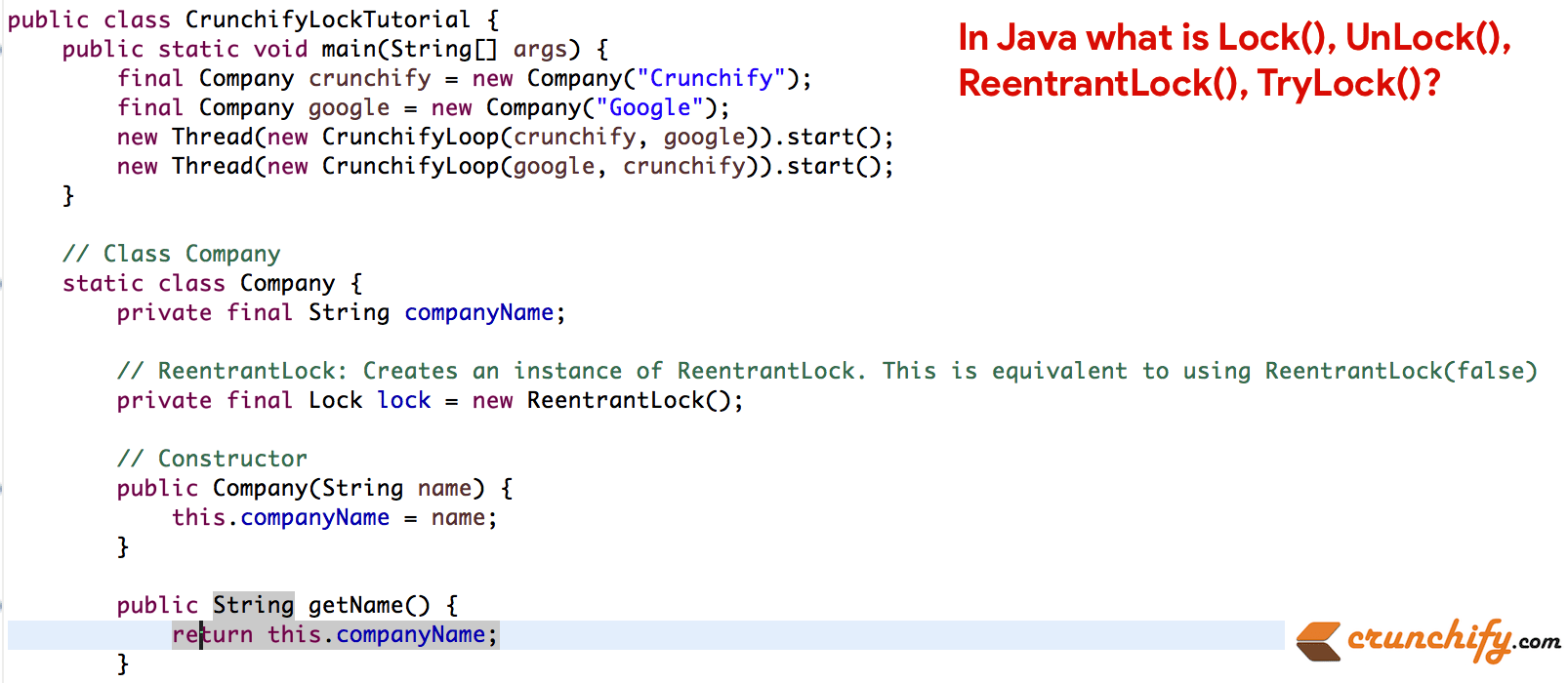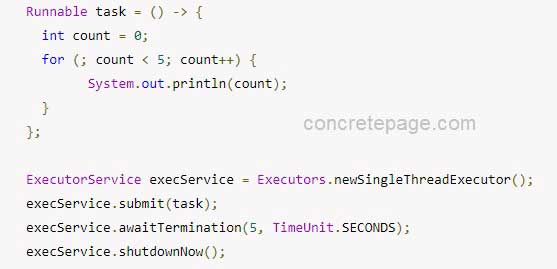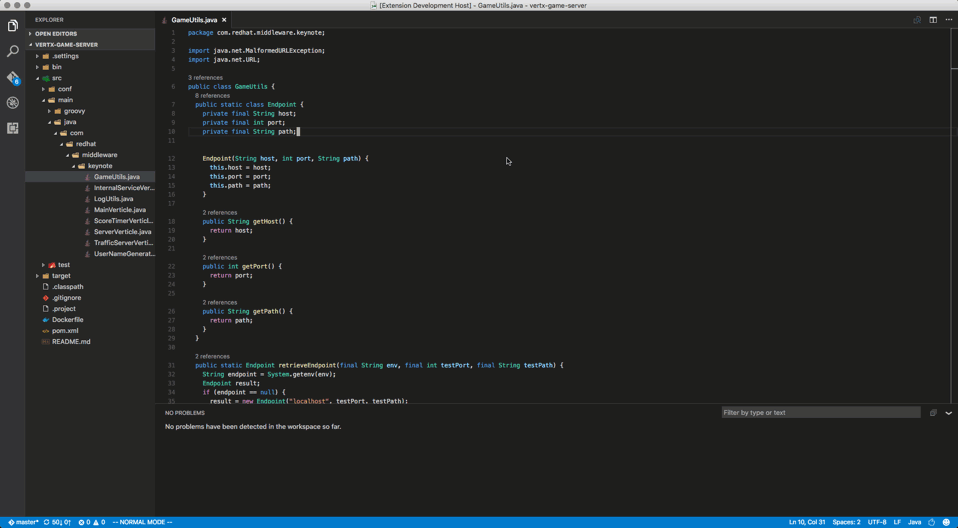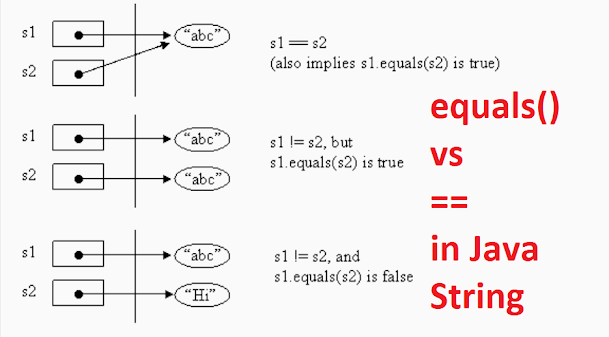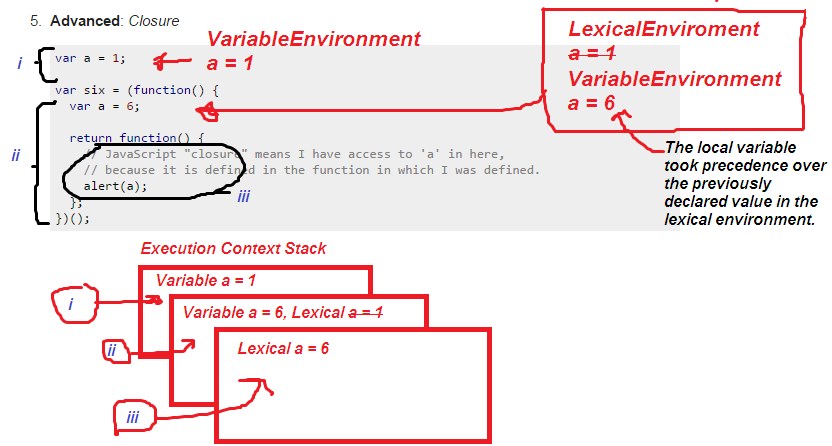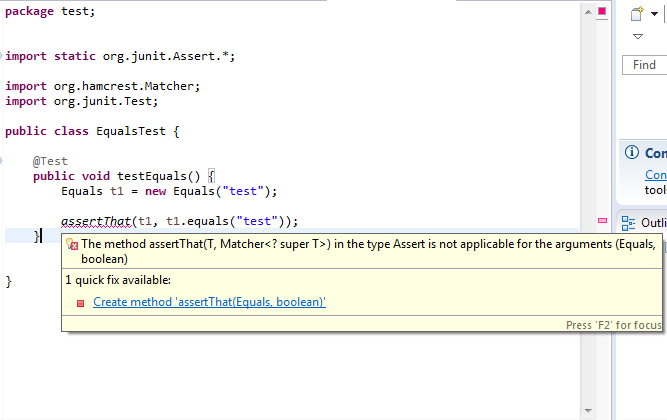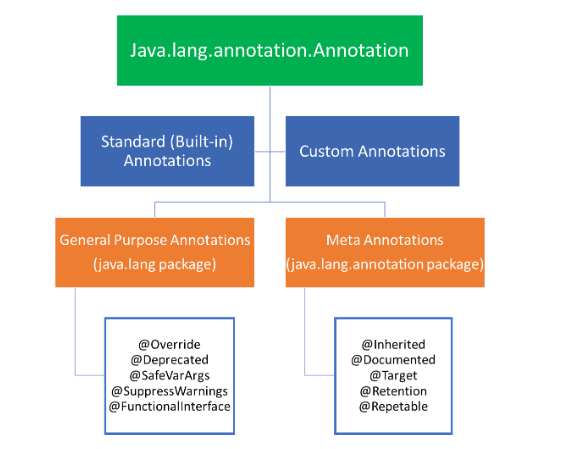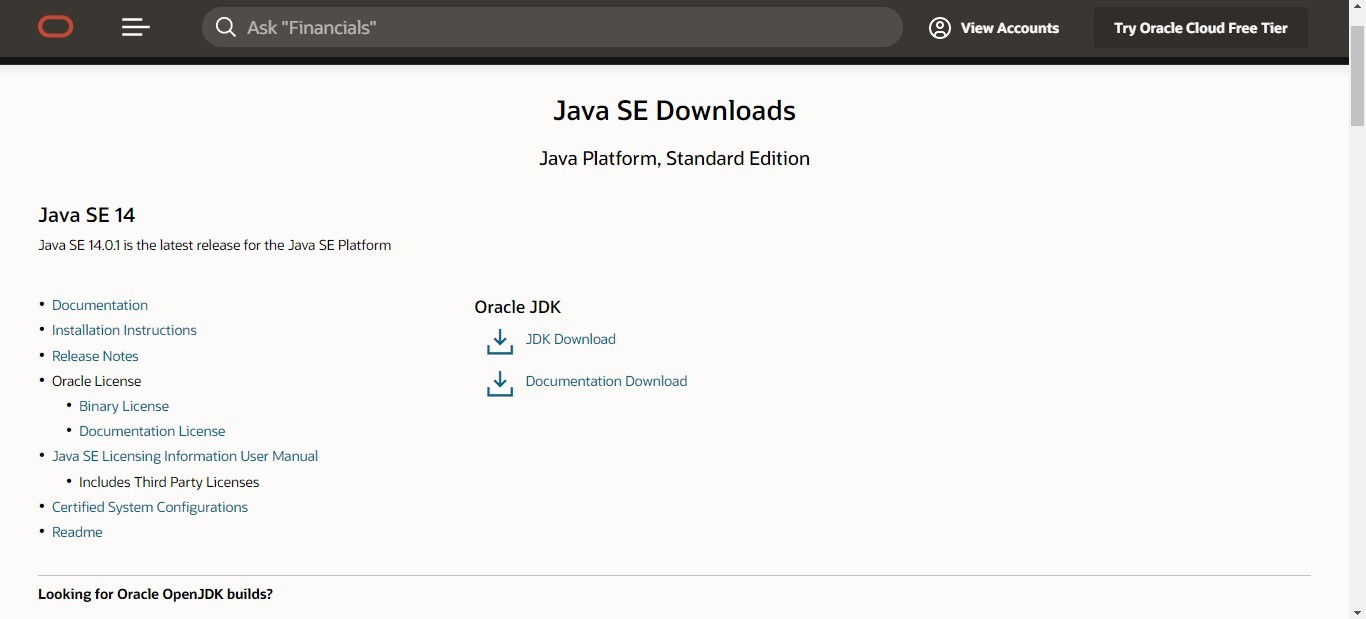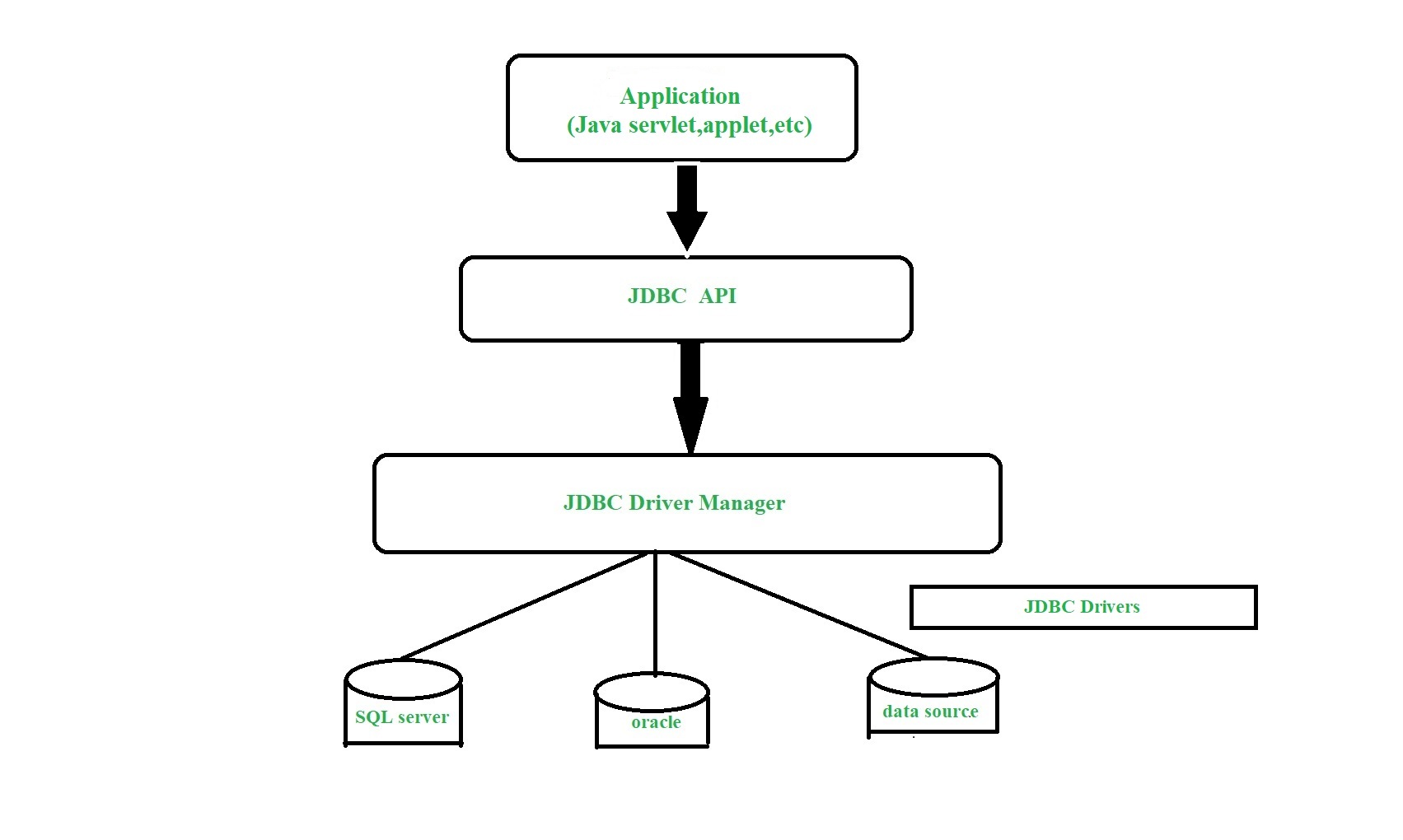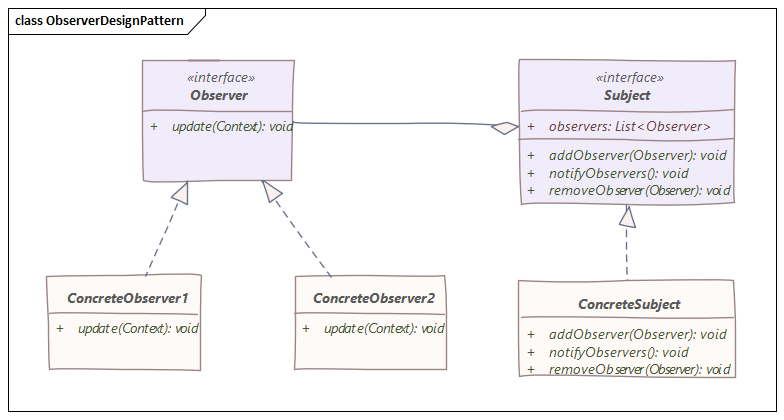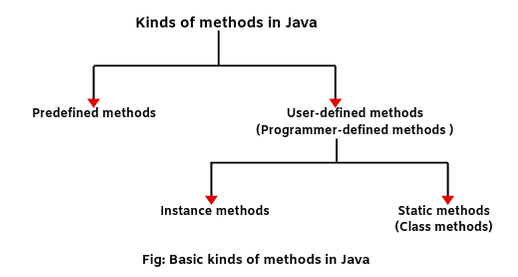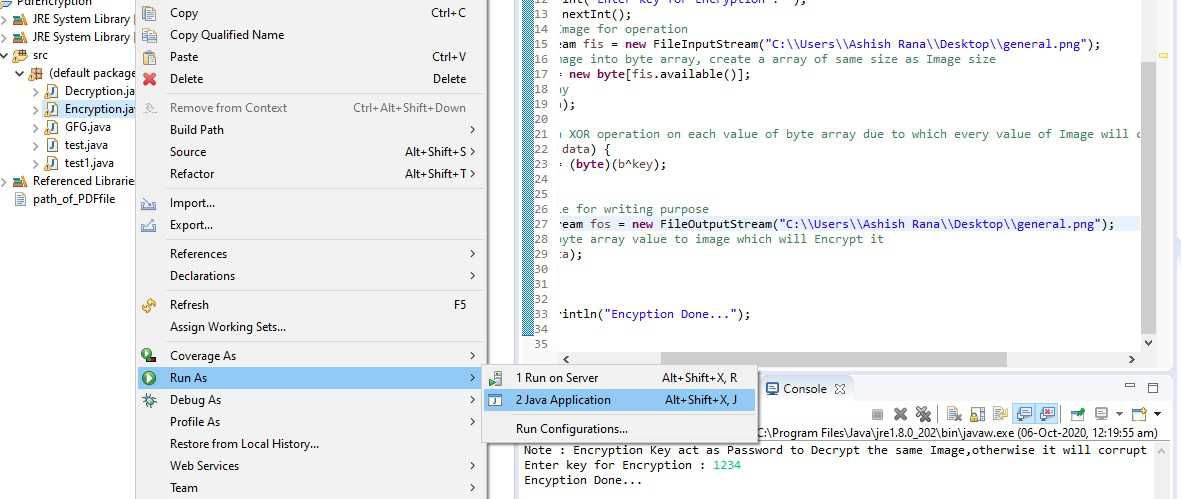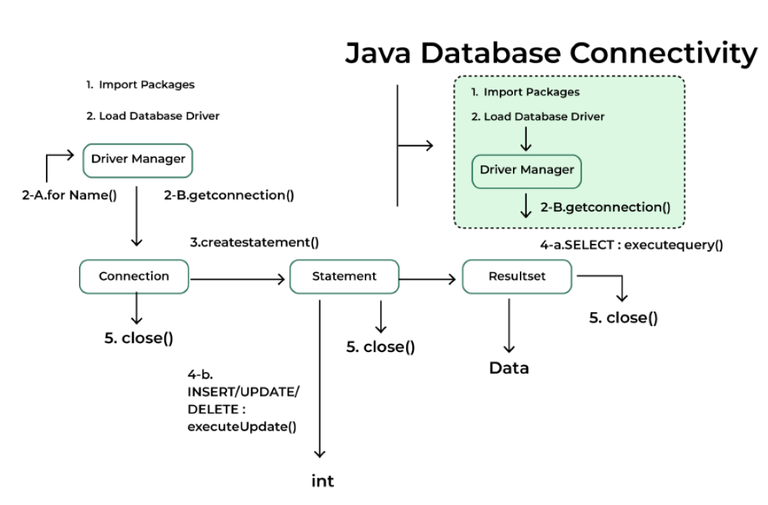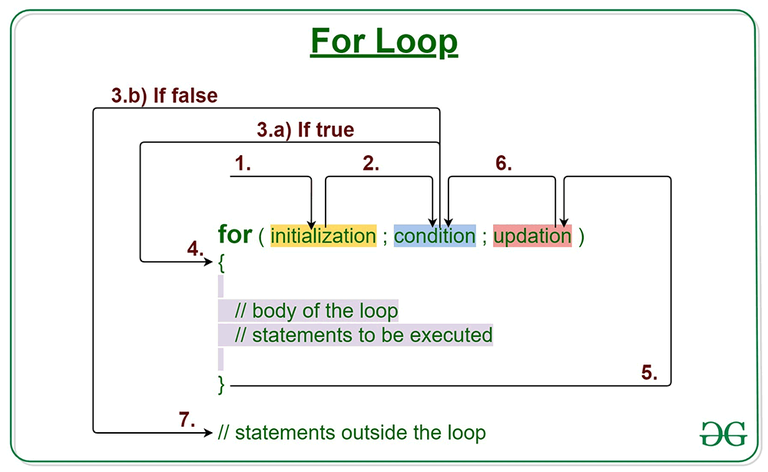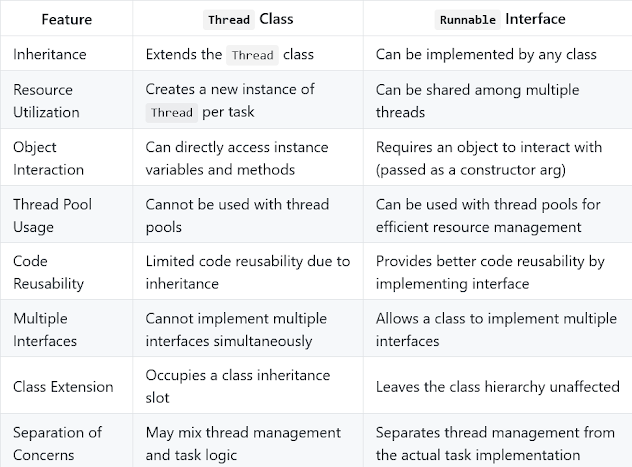Java stream api tutorial
Java stream api tutorial

I'd be happy to help! Here's a comprehensive guide on using the Java Stream API:
Introduction
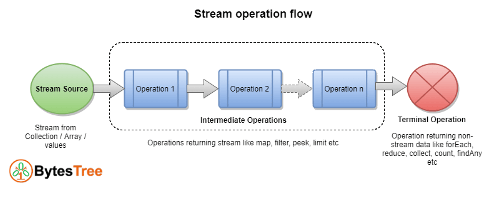
The Java Stream API is a set of classes and methods that allow you to process data streams, such as collections, arrays, or files, in a more concise and efficient way. It was introduced in Java 8 and has since become a fundamental part of the language.
What are Streams?
A stream represents a sequence of elements supporting parallel and functional-style operations. Think of it like a river: you can add water (elements) to the stream, process them as they flow through, and then collect the results at the end.
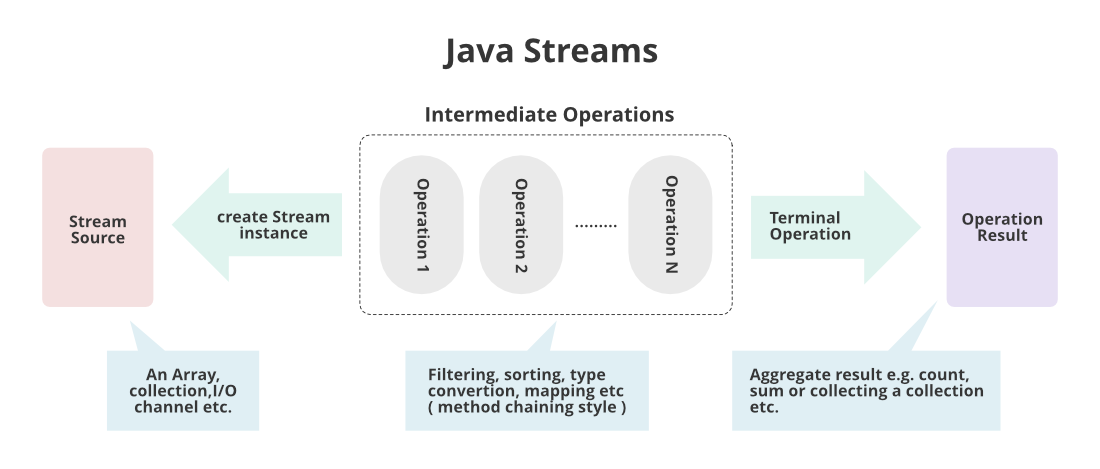
Key Concepts
Intermediate Operations: These are methods that transform the stream itself, such as filtering, mapping, or sorting. They return a new stream, leaving the original unchanged. Terminal Operations: These are methods that produce a final result from the stream, such as collecting or reducing. There can be at most one terminal operation in a stream pipeline.Basic Stream Operations
filter(): Returns a new stream containing only elements that satisfy a predicate (a boolean-valued function).Example:
map(): Returns a new stream where each element is transformed according to the provided function.List names = Arrays.asList("John", "Mary", "Jane");Stream filteredNames = names.stream()
.filter(name -> name.length() > 4)
.collect(Collectors.toList());
Example:
reduce(): Applies a binary operation (like addition or concatenation) to all elements in the stream, starting from an identity value.List numbers = Arrays.asList(1, 2, 3, 4);Stream mappedNumbers = numbers.stream()
.map(String::valueOf)
.collect(Collectors.toList());
Example:
List numbers = Arrays.asList(1, 2, 3, 4);int sum = numbers.stream()
.reduce(0, (a, b) -> a + b);
Common Stream Pipelines
Filter-Map: Filter elements and then transform them using a mapping function.Example:
Sort-Collect: Sort elements and then collect the results.List names = Arrays.asList("John", "Mary", "Jane");Stream pipeline = names.stream()
.filter(name -> name.length() > 4)
.map(String::toUpperCase);
Example:
List numbers = Arrays.asList(3, 1, 4, 2);Stream pipeline = numbers.stream()
.sorted()
.collect(Collectors.toList());
Best Practices
Use Lambdas Wisely: When creating lambdas for intermediate operations, keep them as concise and expressive as possible.Example: numbers.stream().map(x -> x * x) instead of numbers.stream().map(new Function<Integer, Integer>() { ... });
Conclusion
In this tutorial, we've explored the basics of Java Streams and common pipelines. With practice and experience, you'll become proficient in using these powerful APIs to process data efficiently and elegantly. Happy coding!
stream api java 8
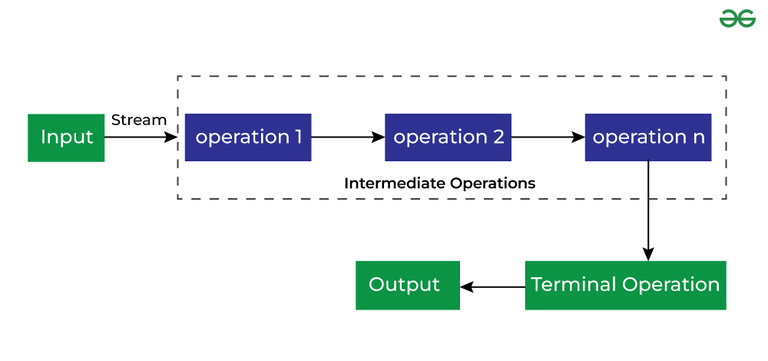
Here is an explanation of the Stream API in Java 8:
The Stream API was introduced in Java 8 to provide a more concise and expressive way of processing data, such as collections or arrays. The main idea behind this API is to enable efficient and fluent processing of data streams.
A stream is a sequence of elements, where each element can be processed independently without having to load the entire dataset into memory. This is useful for handling large datasets or data that needs to be processed in parallel.
To create a stream from a collection or array, you can use methods like stream() or parallelStream(). For example:
List list = Arrays.asList("apple", "banana", "cherry");Stream stream = list.stream();
Streams support several operations that allow you to perform various tasks on the data. Here are a few examples of what you can do with streams:
Filtering: You can filter the elements in the stream based on certain criteria.List list = Arrays.asList("apple", "banana", "cherry");Stream stream = list.stream()
.filter(fruit -> fruit.length() > 5)
.collect(Collectors.toList());
This will create a new list with only the elements that have more than 5 characters.
Mapping: You can transform each element in the stream into another type of element.List list = Arrays.asList("apple", "banana", "cherry");Stream stream = list.stream()
.map(fruit -> fruit.toUpperCase())
.collect(Collectors.toList());
This will create a new list with all elements converted to uppercase.
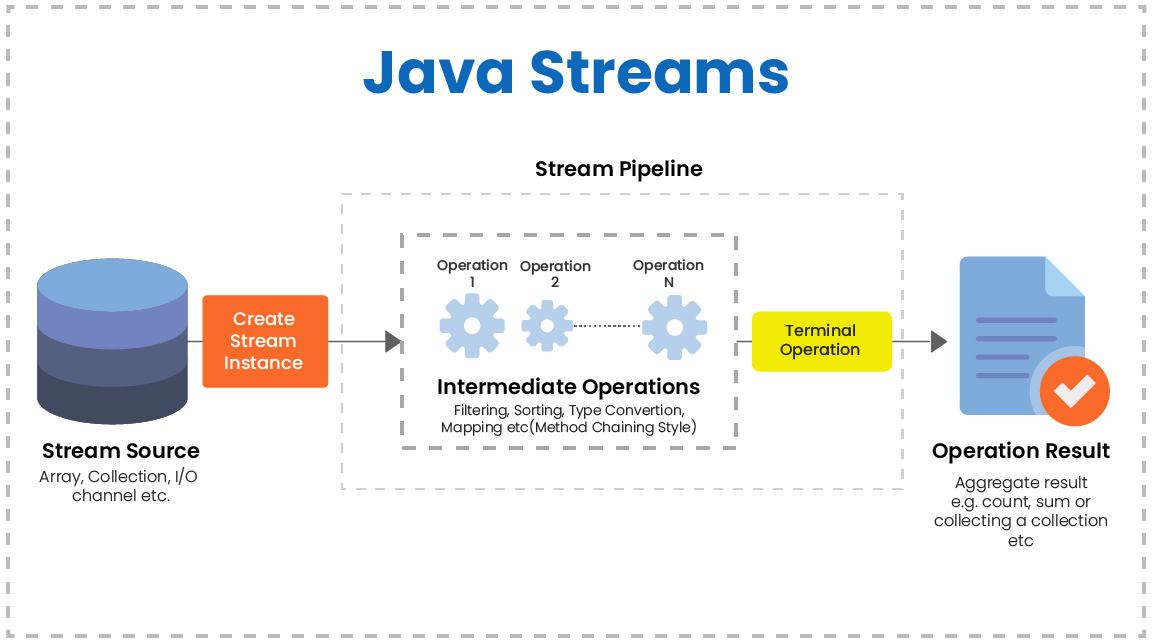
List list = Arrays.asList(1, 2, 3, 4, 5);
Stream stream = list.stream()
.reduce((a, b) -> a + b)
.get();
This will calculate the sum of the elements in the stream and return the result.
Sorting: You can sort the elements in the stream based on certain criteria.List list = Arrays.asList("banana", "apple", "cherry");Stream stream = list.stream()
.sorted((a, b) -> a.compareTo(b))
.collect(Collectors.toList());
This will create a new list with the elements sorted alphabetically.
Limiting: You can limit the number of elements in the stream to a certain value.List list = Arrays.asList("apple", "banana", "cherry", "date", "elderberry");Stream stream = list.stream()
.limit(3)
.collect(Collectors.toList());
This will create a new list with only the first 3 elements from the original stream.
These are just a few examples of what you can do with streams. The Stream API provides many other operations and methods that allow you to perform various tasks on your data.
In conclusion, the Stream API in Java 8 is a powerful tool for processing data streams in a concise and expressive way. It allows you to perform filtering, mapping, reducing, sorting, limiting, and many other operations on your data, making it easier to handle large datasets or data that needs to be processed in parallel.
